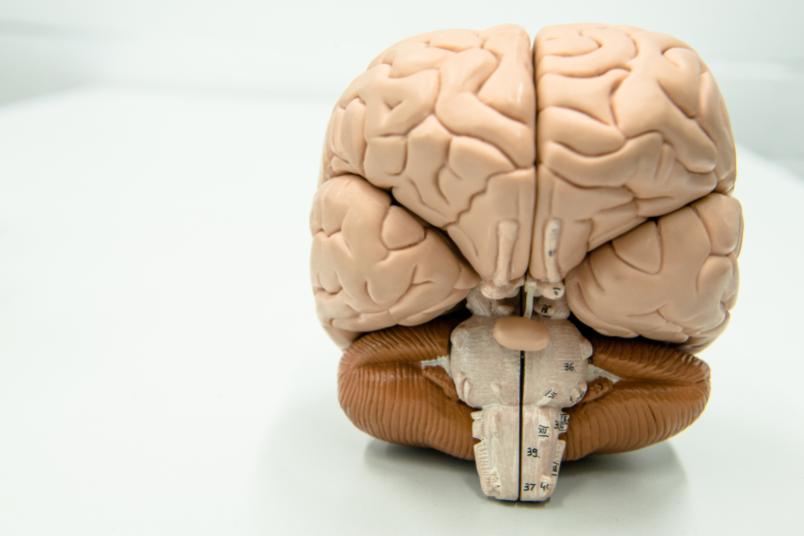
Neuroscience
Neurofeedback controls learning success
Self-regulation of brain rhythms frees resources facilitating learning
Our brains filter the gigantic amounts of information that flow over us in a highly efficient way. Neuronal alpha oscillations in the range of 10 Hz are one of these. They reduce processing in a certain brain region a provide resources for upcoming information. Alpha oscillations can be easily influenced by neurofeedback training. A team from the Neural Plasticity Lab at the Institute of Neuroinformatics at Ruhr-Universität Bochum (RUB) and the Department of Neurology at the RUB Hospital Bergmannsheil has discovered that participants can self-regulate their learning success in a perceptual learning task by altering their alpha osciallations. They report on the work in the journal Nature Communications on 16 january 2019.
Interplay of inhibition and disinhibition
Thanks to an interplay of inhibition and disinhibition within certain areas, our brains guarantee the efficient processing of important incoming information. Neuronal alpha-oscillations regulate this flow of information so that optimal resources for processing are always available. “The timing of alpha oscillations is strongly related to high performance in cognition and perception,” explains Dr. Hubert Dinse from the Institute of Neuroinformatics and the Department of Neurology at Bergmannsheil.
So far, however, it has not been clear whether learning outcomes is also influenced by alpha oscillations. In order to clarify this, the team at the Neural Plasticity Lab with Hubert Dinse, Marion Brickwedde and Marie Krüger trained their participants to up- or down-regulate their alpha oscillations in a part of their brain which processes tactile information.
Thoughts and feelings influence the oscillations
For two consecutive days, the participants took part in what is known as neurofeedback training. To this aim, EEG signals were recorded, and the participants received real-time feedback about their brain signals, the so-called somatosensory alpha oscillations, which were displayed in the form of varying colour saturations on a computer screen. “In this way, the participants were able to learn which thoughts or feelings they could use to enhance or reduce their alpha oscillations in a touch-processing regions of the brain,” explains Marion Brickwedde.
After the neurofeedback training, the right index finger of the participants was stimulated for 20 minutes using a particular high-frequency stimulation protocol. This induces plasticity and learning processes in the somatosensory cortical areas, which in turn improve tactile perception. As this process is independent of previous experience, motivation or attention, it is particularly efficient for the investigation of the cortical basics of learning.
Learning outcome is intensified or blocked
Participants who were able to successfully enhance their alpha oscillations experienced a particularly strong improvement in their tactile perception. In contrast, participants who efficiently educed their alpha oscillations showed no learning as a result of the stimulation.
Relevance in everyday life, rehabilitation and clinic interventions
The observed effects of modulated alpha oscillations on learning are best explained by a targeted distribution of neuronal processing resources. Strong alpha oscillations reduce information processing, releasing neuronal resources that are then available for novel incoming information. If only few resources are available, as is the case with reduced alpha oscillations, information processing is less efficient. “Alpha neurofeedback training could therefore be a potential tool for enhancing learning outcome in everyday, rehabilitative or clinical contexts,” concludes Hubert Dinse.